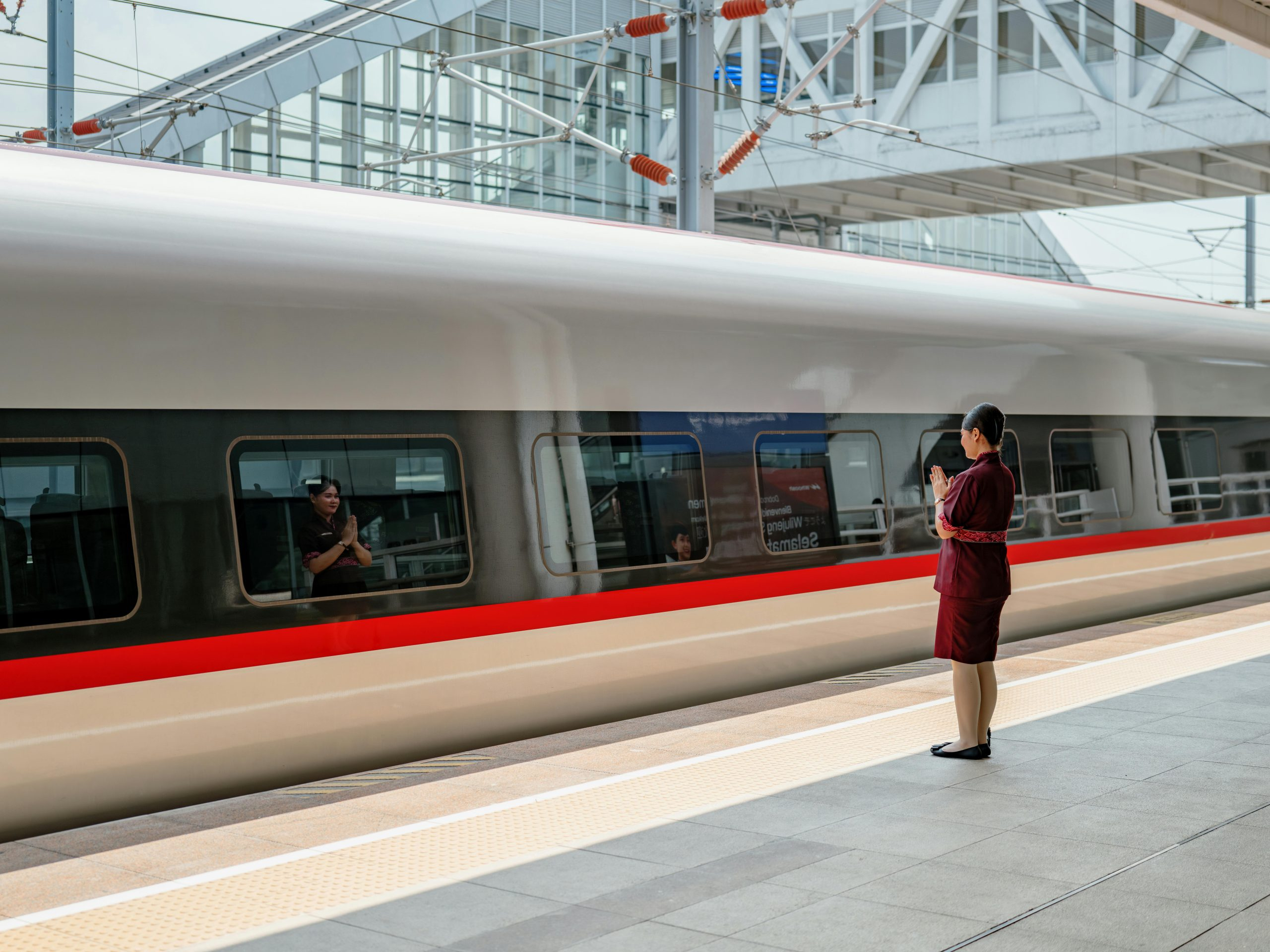Commuter-Friendly Neighborhoods Near Transit Hubs
Commuting to work can be a time-consuming and stressful experience, especially for those living in urban areas. Long hours spent in traffic or cramped buses and trains can take a toll on both our physical and mental well-being. This is why it’s no surprise that more and more people are choosing to live in commuter-friendly neighborhoods near transit hubs. These areas offer the perfect balance of easy access to transportation and a peaceful residential environment. In this article, we’ll take a closer look at what makes a neighborhood commuter-friendly and explore some of the best options near transit hubs across the country.
What Makes a Neighborhood Commuter-Friendly?
Before we dive into specific neighborhoods, it’s important to understand what makes a neighborhood “commuter-friendly.” The first thing that comes to mind is, of course, public transportation. A neighborhood that is well connected to various forms of transportation, such as buses, trains, subways, and light rails, is a dream for commuters. After all, who wouldn’t want to avoid the stress of driving in rush hour traffic?
However, a truly commuter-friendly neighborhood goes beyond just easy access to public transportation. It also includes walkability and bikeability. A well-designed neighborhood with sidewalks, bike lanes, and safe, well-lit streets allows residents to easily walk or bike to nearby amenities, such as grocery stores, restaurants, and parks. This not only promotes a healthier and more active lifestyle but also reduces the reliance on cars for everyday tasks.
Another factor that contributes to a commuter-friendly neighborhood is its proximity to major employment centers. Many people choose to live in a specific area because it is close to their place of work. This not only saves time and money on commuting but also reduces carbon emissions.
Top Commuter-Friendly Neighborhoods Near Transit Hubs
New York City, New York: Astoria, Queens
Astoria, located in Queens, is often referred to as the “Brooklyn of Queens” due to its trendy and diverse atmosphere. It is also one of the most commuter-friendly neighborhoods in New York City. With easy access to the N, W, and R trains, residents can get to Midtown Manhattan in less than 20 minutes. In addition, there are plenty of bus routes and a ferry service that connects Astoria to the Upper East Side and Wall Street. With parks, restaurants, and cafes dotting the neighborhood, Astoria offers a vibrant, yet peaceful, residential experience.
Chicago, Illinois: Ravenswood
Ravenswood, located on the North Side of Chicago, is a popular choice for commuters due to its access to several forms of public transportation. The Brown Line, Metra, and multiple bus lines make it easy for residents to get to downtown Chicago in less than 30 minutes. Additionally, Ravenswood is known for its tree-lined streets, beautiful parks, and charming local shops and restaurants, making it a highly desirable neighborhood for young professionals and families alike.
Seattle, Washington: Capitol Hill
Capitol Hill, located just east of downtown Seattle, is a bustling neighborhood known for its vibrant nightlife, diverse food scene, and overall hip vibe. However, it is also a highly commuter-friendly neighborhood, with easy access to light rails, buses, and bike lanes. Residents can easily get to downtown Seattle, as well as the University of Washington, making it a popular choice for students and young professionals. The abundance of green spaces, coffee shops, and local businesses also adds to the neighborhood’s appeal.
Other honorable mentions for commuter-friendly neighborhoods include San Francisco’s Inner Sunset District, Washington D.C.’s Dupont Circle, and Boston’s Jamaica Plain. All of these neighborhoods offer easy access to public transportation, walkability, and a diverse community of residents.
In Conclusion
Living in a commuter-friendly neighborhood near a transit hub not only makes commuting easier but also provides a high quality of life for residents. Easy access to public transportation, walkability, and proximity to major employment centers are some key factors to look for when choosing a neighborhood. With more and more people choosing to live in these types of neighborhoods, it’s clear that the demand for a stress-free commute is becoming increasingly important in today’s urban landscape.









